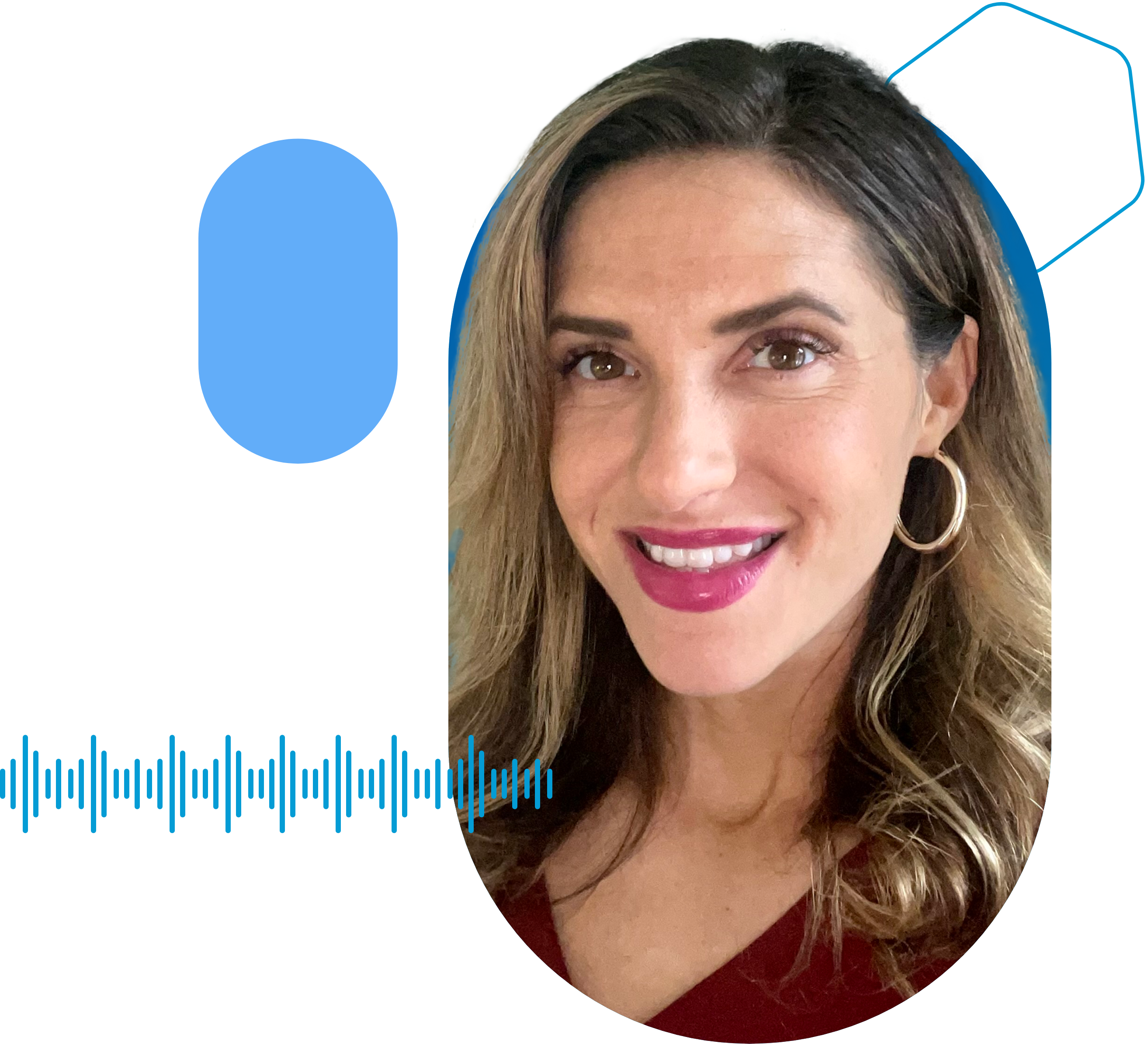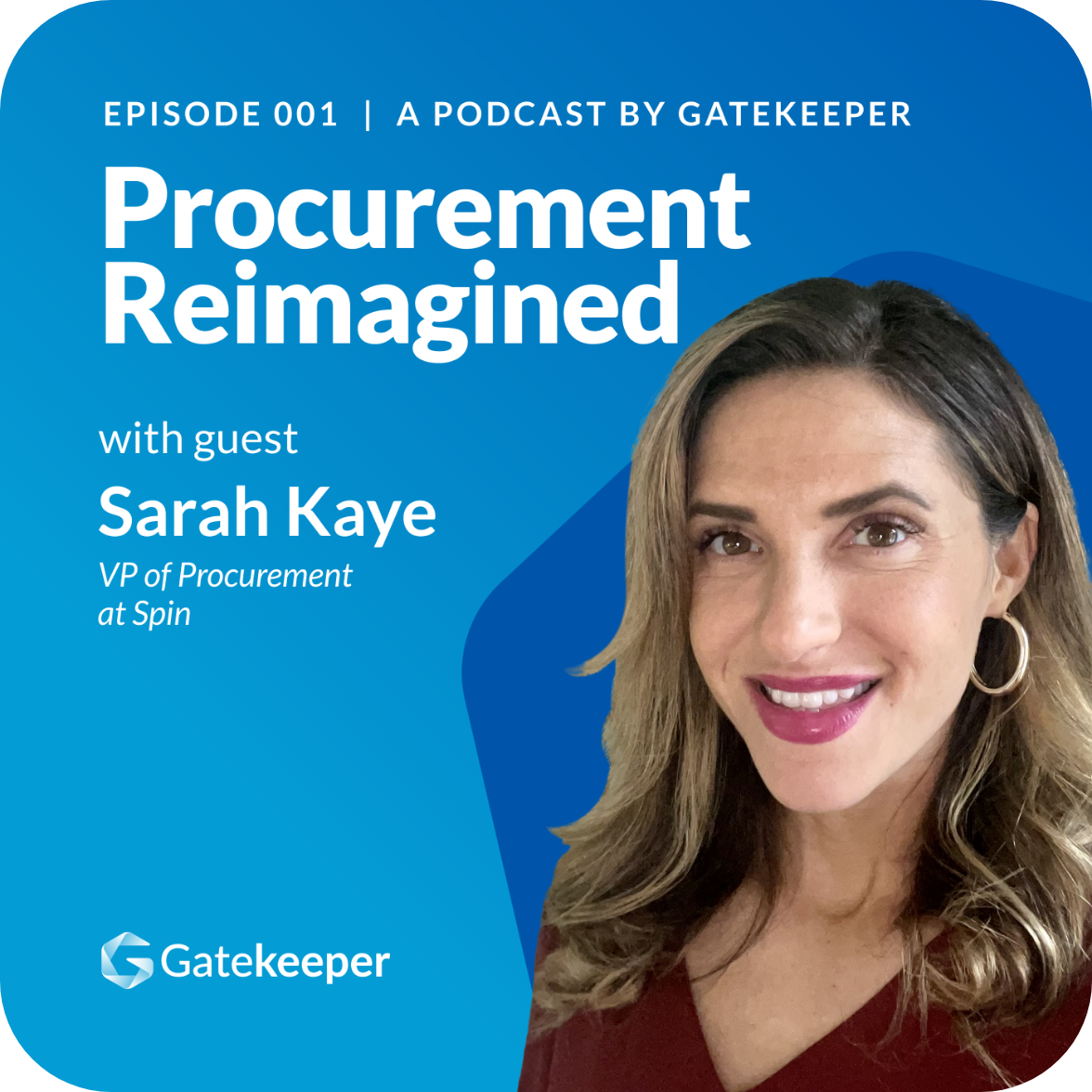In this episode, Daniel is joined by Sarah Kaye, Vice President of Procurement at Spin, to discuss the role of cost-cutting and control in driving organisational value.
Sarah shares her insights on how cost control is a proactive activity while cost cutting is reactive and how these strategies need to be aligned to positively impact the company’s bottom line. Sarah has over eleven years of leadership expertise in sourcing and procurement management, from small startups to large global corporations. She is passionate about demonstrating the value procurement can deliver to an organisation and its ability to help a company meet its short and long-term goals.
Key Highlights:
- 04:13 - 07:28 - The Difference Between Cost Control and Cost Cutting and Why You Need Both - Cost cutting is the start of your cost-optimising journey, while cost control is the periodic maintenance on that journey. Cost control is a proactive activity where you continually track key cost heads and optimise the outflow for a sustained bottom-line benefit. Ideally, this should start at the budget planning stage. Cost cutting is a reactive activity where you focus on one cost head at a time and renegotiate individual contract policies.
Cost management should start at the corporate planning stage, where you’ll discover opportunities for initiating cost control. You can identify opportunities like optimising inventory to reduce overheads or ways to mitigate logistic costs. This enables you to monitor and manage KPIs to reduce expenses that positively impact company margins.
- 09:35 - 13:20 - Getting Procurement a Seat at the Strategic Decision-Making Table - Procurement needs a seat at the strategic decision-making table to move the perception needle from a support function to a strategic leadership role. To achieve this, you need to start with data visibility across business functions connected to procurement.
Enable yourself with analytic tools to derive insights on identifying the big-ticket expense heads and what can be controlled or cut to drive margin benefits to the company. Bring value to the table when looking for a seat.
- 13:47 - 16:20 - Myth Busting and Pro-Tip - It’s a myth that contracts negotiated with due cost control at the front end will not need optimization down the line. Incremental efficiency is the pivot for all procurement processes. Analyse your ERP data and identify the big expense heads across business verticals. For instance, you’d be surprised how much companies spend on credit card interest, a controllable outflow. Look at procurement holistically; any business process where you give something to get something in return is a procurement process. Bring value to the stakeholder to get a seat at the table.
- 16:54 - 17:38 - The Art of Driving Savings and Efficiencies - Driving value starts with strong provider relations and making cost efficiencies a win-win outcome for both parties. Don’t pass up a chance to offer your provider partners case studies and marketing reports that they can use as referrals to grow their business. You’re helping them; in return, they are helping you become more efficient.
Quotes:
- “Cost cutting is a top-down approach while cost control is a bottom-up approach. Both have benefits but are fundamentally different”
- “Procurement professionals are salespeople by nature; they know how to advocate a business case”
- “Forming key relationships with the stakeholders and delivering value is the strategy for getting a seat at the strategic table”


.png)
.png)
.png)
-4.png)